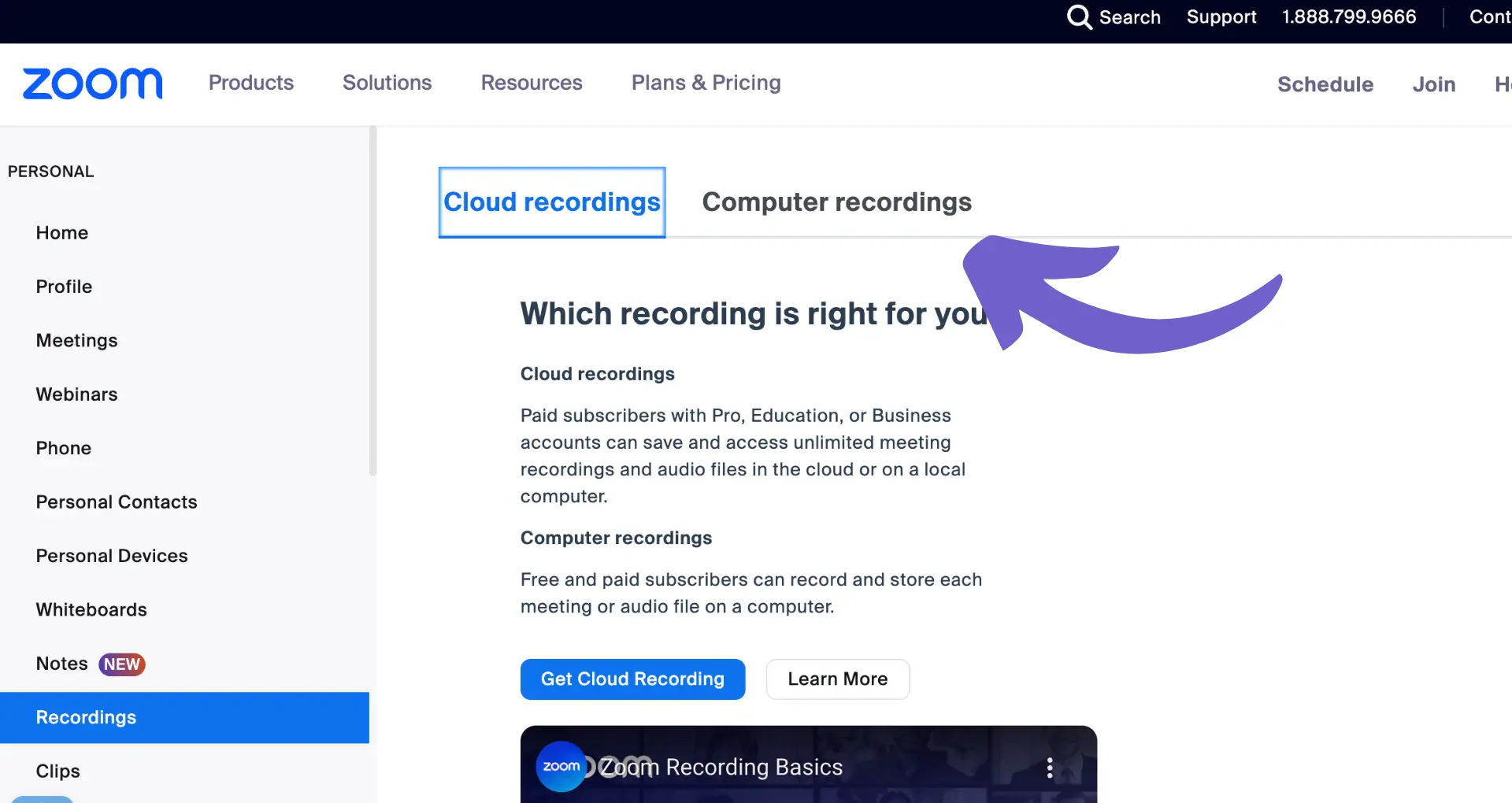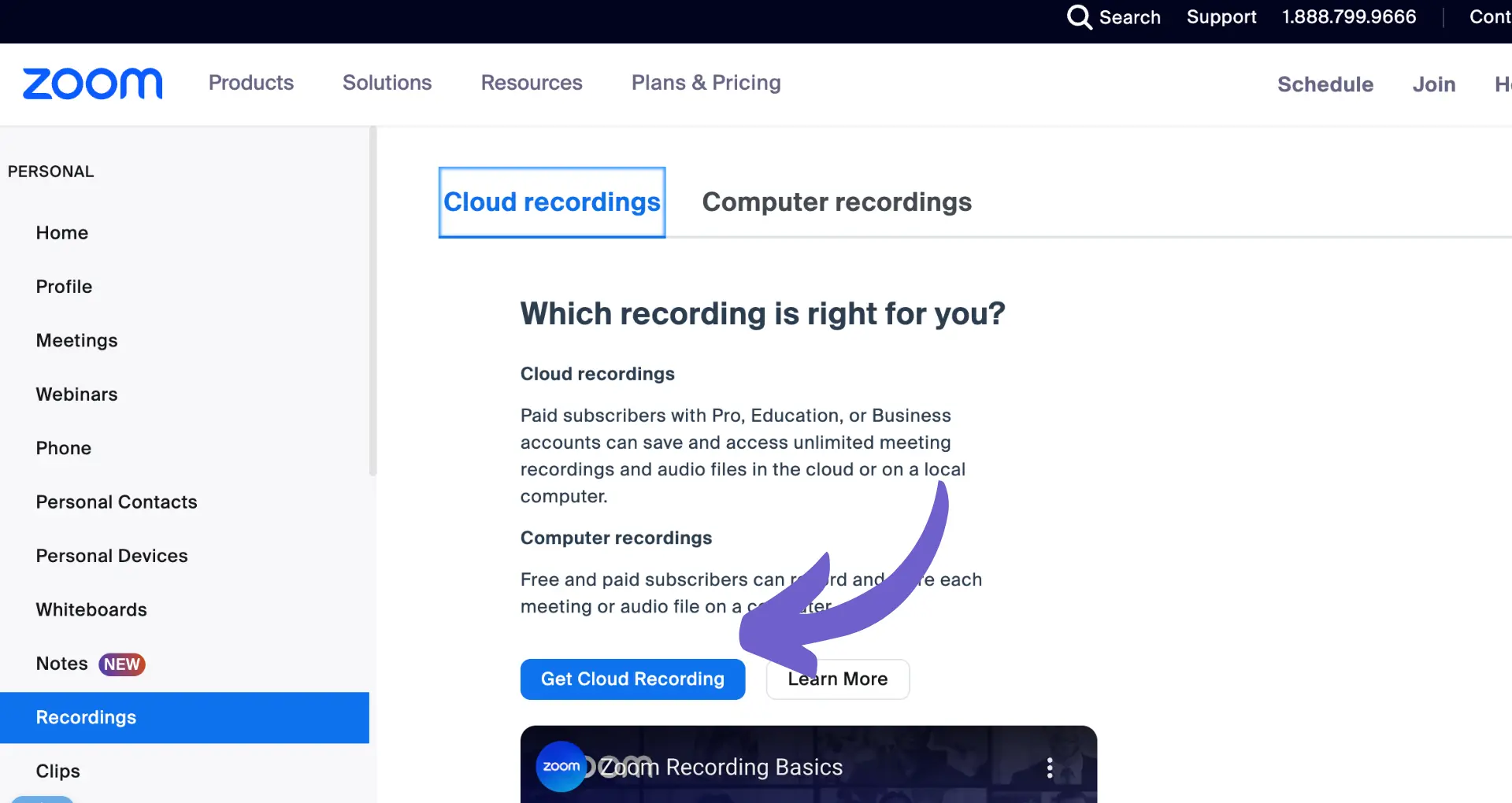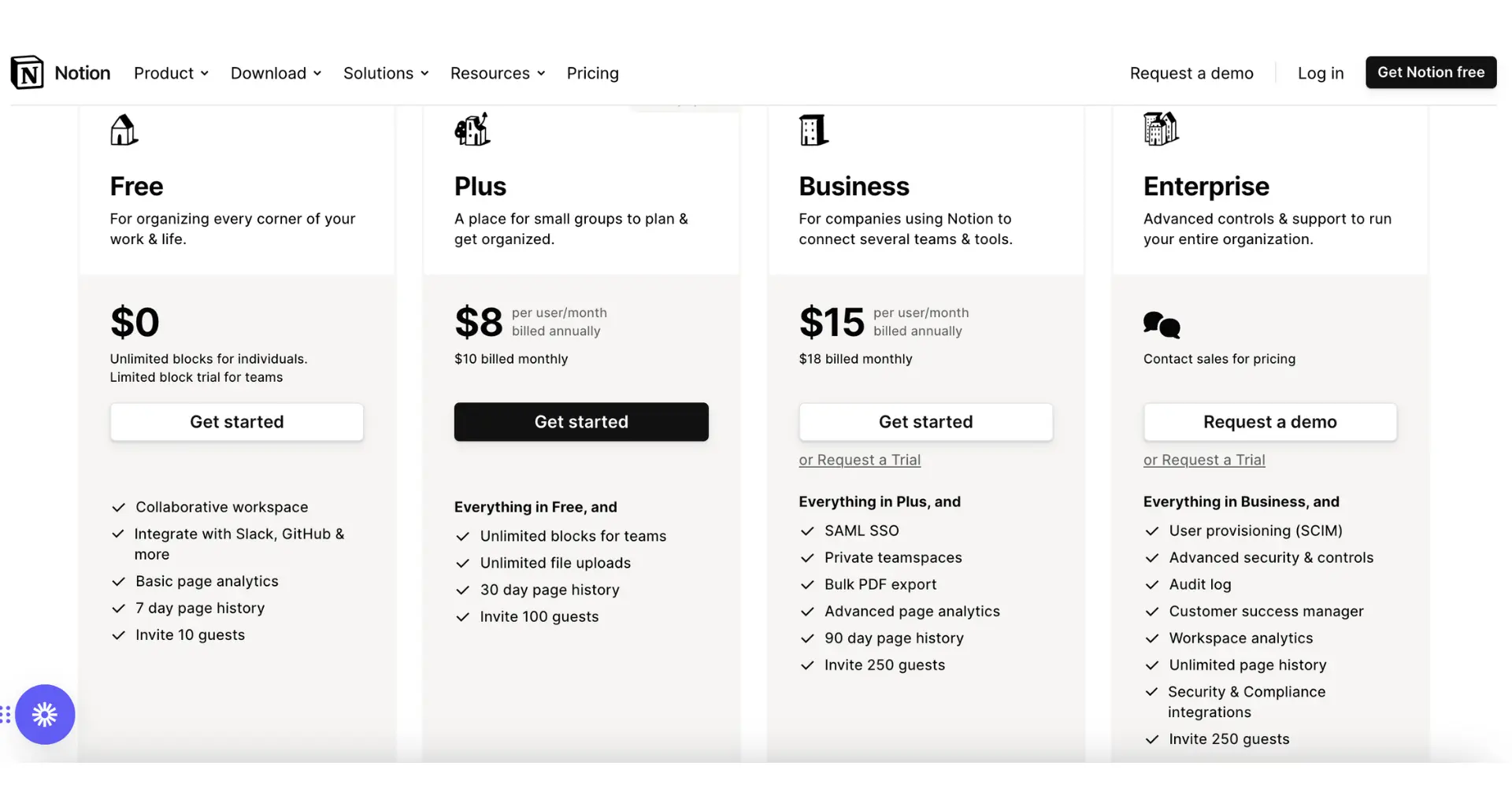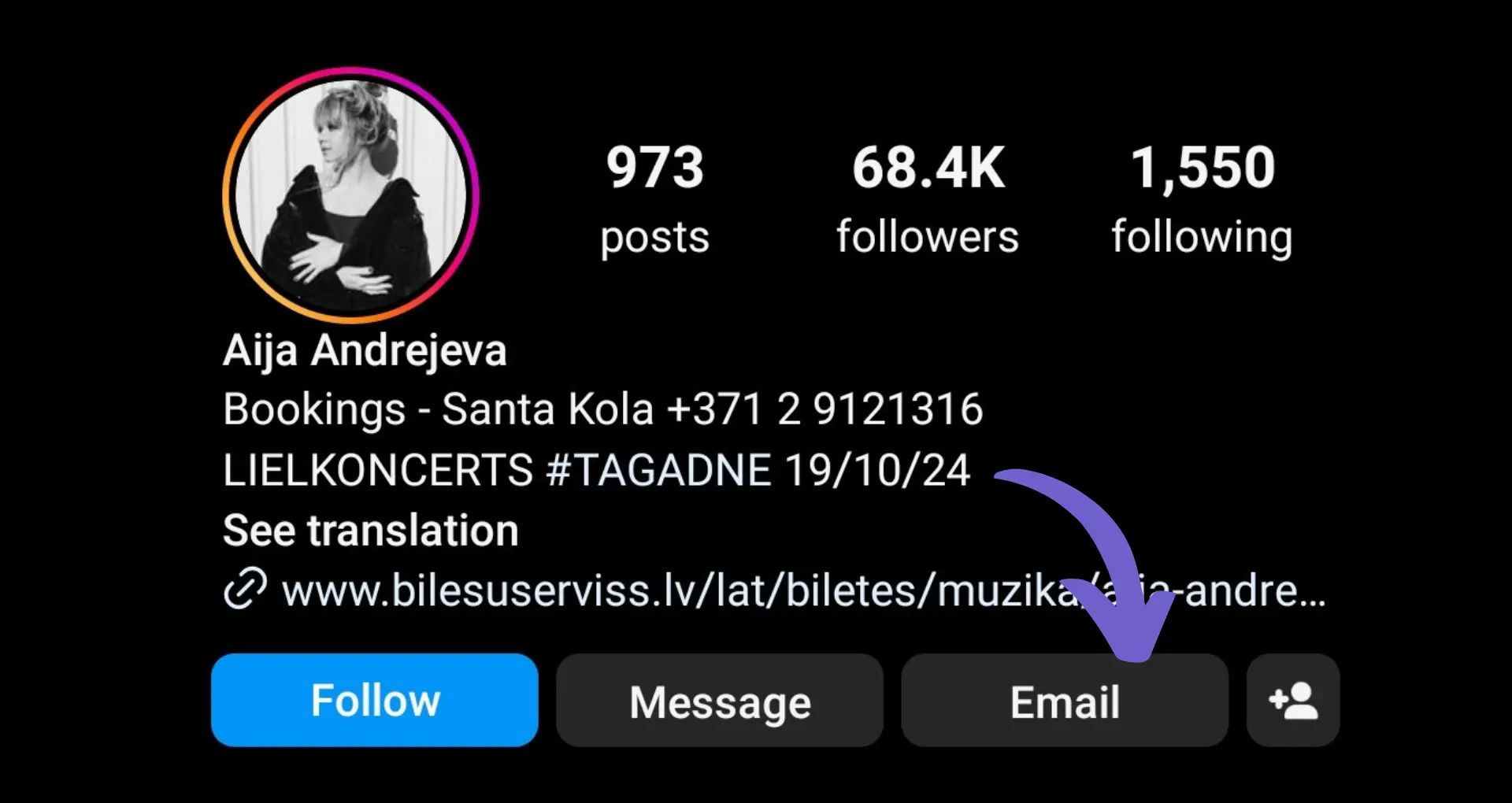





Enable automatic recording in your Zoom settings for hassle-free sharing.
By the way, we're Bardeen, we build a free AI Agent for doing repetitive tasks.
Since you want to automate Zoom, you might love Bardeen's Zoom integration. It uploads recordings to Google Drive automatically, saving you time.
Zoom has become an indispensable tool for remote meetings and collaboration, but manually sharing recordings with participants can be time-consuming and inefficient. Imagine if you could automate the process, ensuring that everyone receives the recording promptly without any extra effort on your part. In this comprehensive guide, we'll walk you through the steps to set up automatic Zoom recording delivery, saving you valuable time and streamlining your post-meeting workflow.
By mastering the art of automatic recording delivery, you'll be able to focus on what matters most: engaging with your team and driving productive discussions. Whether you're a seasoned Zoom user or just getting started, this guide will provide you with the knowledge and tools to take your meeting management skills to the next level. So, are you ready to discover the secrets of effortless recording sharing and impress your colleagues with your tech-savvy prowess?
To streamline your Zoom meeting workflow, you can enable automatic recording, which ensures that every meeting is captured without the need for manual intervention. This feature is particularly useful for teams that regularly conduct meetings and need to keep a record of discussions and decisions. By exploring Zoom's automatic recording settings and understanding the options for saving recordings locally or to the cloud, you can create a seamless recording process that suits your organization's needs.
To enable automatic recording, navigate to your Zoom account settings and locate the "Recording" tab. Here, you'll find the option to toggle on automatic recording for all your meetings. For example, if you're a team manager who wants to ensure that all team meetings are recorded, simply enable this setting, and you won't have to worry about forgetting to hit the record button at the start of each meeting.

Once automatic recording is enabled, you can choose whether to record meetings locally on your computer or save them directly to the cloud. Local recordings are stored on your device and can be easily accessed and shared with others, while cloud recordings offer the convenience of remote access and the ability to share recordings with a simple link.
When deciding between local and cloud recording, consider your team's needs and preferences. Local recordings are ideal for teams with limited cloud storage or those who prefer to keep recordings on their own devices for security reasons. On the other hand, cloud recordings offer the benefits of easy sharing and collaboration, as well as the ability to access recordings from anywhere with an internet connection.

For instance, if your team frequently collaborates with external partners or clients, cloud recordings may be the better choice, as they allow you to quickly share meeting recordings without the need for large file transfers. Additionally, cloud recordings can be automatically transcribed, making it easier to search for specific topics or keywords within the recording.
Regardless of whether you choose local or cloud recording, it's essential to ensure that your recordings are properly stored and accessible to those who need them. If you opt for local recording, create a dedicated folder structure on your computer or a shared drive to keep recordings organized and easily discoverable. For cloud recordings, make sure to set appropriate permissions and access controls to ensure that only authorized individuals can view and download the recordings.
By taking the time to set up automatic recording and choose the appropriate storage method, you can create a seamless and efficient recording process that benefits your entire team. Whether you're using recordings for training purposes, reference materials, or simply to keep a record of important discussions, having a reliable and automated recording system in place can save time and improve productivity.
Automate your Zoom recording workflow with Bardeen's integration. Save those recordings directly to Google Drive, so you spend less time managing files.
Enabling automatic recording in Zoom is a simple yet powerful way to ensure that your meetings are always captured and accessible. By exploring your account settings and choosing the right storage option for your needs, you can create a recording workflow that works for your team.
In the next section, we'll dive into configuring cloud recording settings for optimal sharing, so you can make the most of your automatically recorded meetings.
Once you've enabled automatic recording in Zoom, it's essential to configure your cloud recording settings to ensure easy sharing and accessibility for meeting participants. By selecting the appropriate cloud storage settings and adjusting sharing permissions, you can simplify the process of distributing recorded meetings to your team or clients. This section will guide you through the steps to optimize your cloud recording settings for seamless sharing.
Zoom offers various cloud storage options for your recorded meetings, including Zoom's own cloud storage, as well as integrations with popular third-party services like Google Drive, Dropbox, and Microsoft OneDrive. By selecting the most suitable cloud storage option for your organization, you can ensure that your recordings are easily accessible to those who need them.

For example, if your team primarily uses Google Workspace, integrating your Zoom recordings with Google Drive integration can simplify the sharing process. Participants can access the recordings directly from their Google Drive, eliminating the need for additional downloads or file transfers.
When configuring your cloud recording settings, it's crucial to consider the security and privacy of your recordings. Zoom allows you to set sharing permissions to control who can access and view your recorded meetings. By default, only the meeting host has access to the recordings, but you can choose to share the recordings with specific individuals or groups.
To maintain the security of your recordings, it's recommended to set sharing permissions based on the sensitivity of the content and the intended audience. For instance, if you're recording a confidential meeting with a client, you may want to restrict access to only those directly involved in the project. On the other hand, if you're recording a company-wide training session, you may choose to share the recording with all employees.
To further streamline the sharing process, Zoom allows you to enable automatic sharing and notifications for your cloud recordings. When this feature is enabled, meeting participants will automatically receive an email with a link to the recording once it has been processed and is ready for viewing.
Automatic sharing and notifications can save time and ensure that all participants have access to the recording without the need for manual intervention. This is particularly useful for large meetings or webinars where manually sharing the recording with each participant can be time-consuming.
By configuring your cloud recording settings for optimal sharing, you can create a seamless experience for both meeting hosts and participants. With the right cloud storage integration, appropriate sharing permissions, and automatic sharing enabled, your team can easily access and distribute recorded meetings, enhancing collaboration and knowledge sharing.
Proper configuration of cloud recording settings is key to ensuring the accessibility and security of your recorded Zoom meetings. In the next section, we'll explore how to automate the sharing of recorded Zoom meetings, taking your recording workflow to the next level.
Automating the sharing of recorded Zoom meetings can significantly streamline your post-meeting workflow, ensuring that all participants receive the recording promptly without the need for manual intervention. By leveraging built-in Zoom features and third-party tools like Bardeen, you can create a seamless and efficient process for distributing meeting recordings via email or shared links.
Zoom's built-in email notification feature allows you to automatically send an email to all meeting participants once the recording has been processed and is ready for viewing. This eliminates the need to manually compose and send emails with the recording link, saving you valuable time and effort.
To enable automatic email notifications, navigate to your Zoom account settings and locate the "Recording" tab. Under the "Cloud recording" section, ensure that the "Send email notification when cloud recording is available" option is enabled. With this setting activated, all meeting participants will receive an email containing a link to the recording as soon as it's available.
While Zoom's built-in email notification feature is useful, third-party tools like Bardeen can take your recording distribution workflow to the next level. Bardeen is an automation platform that integrates with Zoom, allowing you to create custom workflows for sharing recorded meetings.
With Bardeen, you can set up automated workflows that trigger based on specific events, such as the completion of a meeting recording. For example, you can configure Bardeen to automatically upload the recording to a shared Google Drive folder and send a customized email to all participants with the link to the recording. This not only saves time but also ensures that the recording is easily accessible to everyone who needs it.
Save time by using Bardeen's integration to upload your Zoom recordings directly to Google Drive and share the link with participants. Focus on important tasks while Bardeen handles the automation.
Automating the sharing of recorded Zoom meetings is a game-changer for businesses and organizations that rely on virtual collaboration. By leveraging Zoom's built-in features and powerful third-party tools like Bardeen, you can create a seamless and efficient post-meeting workflow that keeps everyone in the loop and ensures that valuable information is easily accessible.
Automated sharing of Zoom recordings streamlines post-meeting workflows and ensures prompt distribution to participants. In the next section, we'll explore how to manage recording access and permissions to maintain the security and privacy of your recorded meetings.
Effectively managing access to Zoom recordings is crucial for maintaining the security and privacy of your meetings. By configuring permissions and setting expiration dates, you can ensure that only authorized individuals can view and download recordings, while also adhering to data retention policies.
Zoom provides granular control over who can access meeting recordings. As the account owner or admin, you can set permissions at the account, group, or user level. This allows you to restrict access to recordings based on specific roles or departments within your organization.
To manage recording access, navigate to the "Recording" settings in your Zoom account. From there, you can specify who can view, download, or delete recordings. For example, you may choose to allow only the meeting host and co-hosts to access the recordings, while preventing participants from downloading or sharing them.
In addition to controlling access, setting expiration dates for recordings is a best practice for data security. Zoom allows you to define retention periods for recordings, after which they will be automatically deleted.
By establishing a clear expiration policy, you can ensure that recordings are only available for a limited time, reducing the risk of unauthorized access or data breaches. This is particularly important for sensitive or confidential meetings, where long-term storage of recordings may not be necessary or desirable.
To set expiration dates, go to the "Recording" settings and specify the desired retention period. You can choose to delete recordings after a certain number of days or months, depending on your organization's needs and compliance requirements.
Managing recording access and implementing expiration policies are essential steps in safeguarding your Zoom recordings. By carefully controlling who can view and download recordings, and regularly purging outdated files, you can maintain the confidentiality and security of your virtual meetings.
In the next section, we will explore best practices for recording storage and compliance to further protect your Zoom recordings.
Properly storing and managing Zoom recordings is essential to ensure data security and compliance with privacy regulations. By implementing best practices and leveraging automated tools, organizations can effectively protect their recorded meetings while adhering to internal policies and legal requirements.
When it comes to storing Zoom recordings, it's crucial to choose a secure and compliant solution. Many organizations opt for cloud storage platforms like Google Drive, Dropbox, or Microsoft OneDrive, which offer robust security features and access controls.
When selecting a storage solution, consider factors such as encryption, data redundancy, and geographic location of the servers. It's also important to ensure that the storage platform complies with relevant privacy laws, such as GDPR or HIPAA, depending on your industry and the nature of the recorded content.
For example, a healthcare organization might choose a HIPAA-compliant storage solution to safeguard patient information discussed during virtual consultations.
Manually managing the storage and sharing of Zoom recordings can be time-consuming and prone to human error. This is where automated tools come into play, helping organizations enforce their recording management policies consistently and efficiently.
Automated tools can be configured to move recordings to designated storage locations based on predefined criteria, such as the meeting host, department, or sensitivity level. They can also apply retention policies, ensuring that recordings are automatically deleted after a specified period to comply with data retention regulations.
Moreover, automated tools can help monitor and audit recording access, generating reports on who accessed which recordings and when. This level of visibility is crucial for maintaining data security and identifying any potential breaches or unauthorized access attempts.
By leveraging automated tools, organizations can streamline the management of Zoom recordings, reduce the risk of human error, and ensure consistent adherence to storage and sharing policies.
Implementing secure storage solutions and utilizing automated tools are key components of a comprehensive strategy for managing Zoom recordings. By prioritizing data security and compliance, organizations can confidently leverage the benefits of recorded meetings while mitigating potential risks.
Automate your Zoom recording workflow with Bardeen's integration. Save those recordings directly to Google Drive, so you spend less time managing files.
Knowing how to automatically send Zoom recordings to participants is crucial for efficient meeting follow-up and collaboration.
In this guide, you discovered:
With these tips, you'll become a pro at automatically sending Zoom recordings, making your meetings more productive and engaging!










SOC 2 Type II, GDPR and CASA Tier 2 and 3 certified — so you can automate with confidence at any scale.
Bardeen is an automation and workflow platform designed to help GTM teams eliminate manual tasks and streamline processes. It connects and integrates with your favorite tools, enabling you to automate repetitive workflows, manage data across systems, and enhance collaboration.
Bardeen acts as a bridge to enhance and automate workflows. It can reduce your reliance on tools focused on data entry and CRM updating, lead generation and outreach, reporting and analytics, and communication and follow-ups.
Bardeen is ideal for GTM teams across various roles including Sales (SDRs, AEs), Customer Success (CSMs), Revenue Operations, Sales Engineering, and Sales Leadership.
Bardeen integrates broadly with CRMs, communication platforms, lead generation tools, project and task management tools, and customer success tools. These integrations connect workflows and ensure data flows smoothly across systems.
Bardeen supports a wide variety of use cases across different teams, such as:
Sales: Automating lead discovery, enrichment and outreach sequences. Tracking account activity and nurturing target accounts.
Customer Success: Preparing for customer meetings, analyzing engagement metrics, and managing renewals.
Revenue Operations: Monitoring lead status, ensuring data accuracy, and generating detailed activity summaries.
Sales Leadership: Creating competitive analysis reports, monitoring pipeline health, and generating daily/weekly team performance summaries.